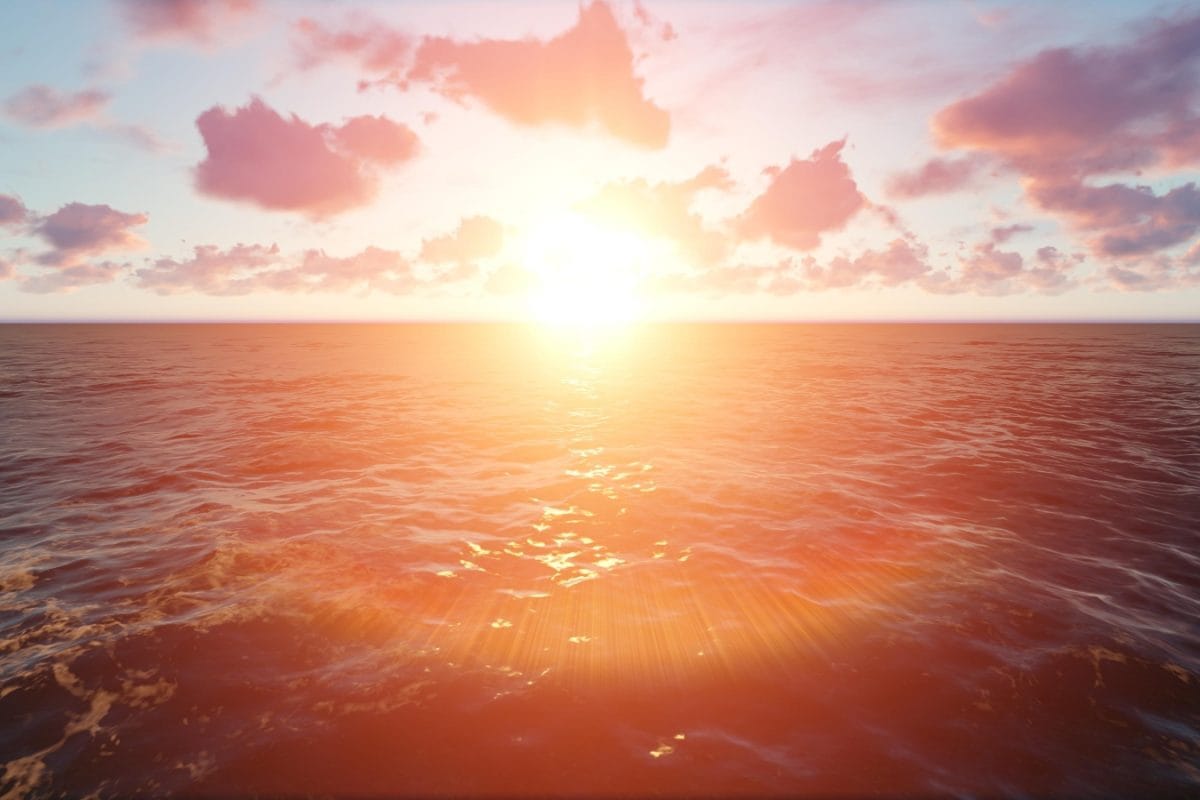

In 1999, the National Oceanic and Atmospheric Administration (NOAA) recorded a perplexing and eerie sound emanating from the depths of the Pacific Ocean. The sound, which many listeners liken to a "woman's voice," has baffled researchers for 25 years, remaining an unsolved mystery.
The unusual noise, dubbed "Julia," was captured on March 1, 1999, by NOAA's autonomous hydrophone array in the eastern equatorial Pacific. The recording lasted approximately three minutes and was detected over 3,000 miles away from its source. The sound's distinct characteristics, described as an eerie hum resembling a woman's voice, have stirred debate and intrigue across scientific and public domains.
Despite numerous attempts to pinpoint the noise's origin, researchers have only managed to narrow it down to a general area between the Bransfield Strait and Cape Adare, off the coast of East Antarctica. This remote region, known for its extreme environmental conditions, complicates efforts to identify the sound's precise source. Variations in acoustic conditions have further clouded definitive answers.
The ambiguity surrounding "Julia" has led to various conspiracy theories. Some speculate that the sound originates from an alien spacecraft navigating underwater. These proponents often cite a Reddit post that alleges a NASA Apollo mission captured an image of a large shadow moving in the vicinity of Cape Adare around the same time the sound was recorded. However, there has been no official confirmation or image released by NASA to support this claim.
NOAA has proposed an alternative hypothesis: that the sound was produced by a large iceberg running aground off the coast of Antarctica. Giant icebergs can generate significant underwater noises as they scrape along the ocean floor or shift positions. Geophysicist Bob Dziak noted that the noise generated by icebergs running aground is similar to that of an erupting volcano. NOAA stated that the most likely source of the sound formerly known as 'Julia' is a large iceberg that has run aground off Antarctica.
Scientists also considered "The Bloop," an even louder, mysterious noise recorded in 1997 near the coast of Chile. "The Bloop" was eventually traced to an icequake—a massive iceberg cracking off an Antarctic glacier. This led researchers to consider icequakes as a plausible explanation for "Julia".
Despite the iceberg theory, uncertainties persist, and the riddle of "Julia" remains unsolved. Speculations continue to proliferate, encompassing natural and artificial causes, such as seismic activity or unusual ocean currents. The mystery surrounding "Julia," along with other unexplained ocean sounds, highlights the vast unknown territories hidden beneath the ocean's surface. These sounds serve as reminders of humanity's limited understanding of the ocean's depths. While the true origin of "Julia" may never be fully uncovered, its mystery continues to captivate and inspire those exploring the frontiers of oceanic exploration.